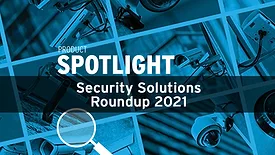Home » Keywords: » incident management
Items Tagged with 'incident management'
ARTICLES
Special Report
How banks elevate security in the modern threat landscape
Security leaders in the banking sector use a combination of technology, training and risk management to mitigate today’s threats.
April 3, 2023
Sign-up to receive top management & result-driven techniques in the industry.
Join over 20,000+ industry leaders who receive our premium content.
SIGN UP TODAY!Copyright ©2025. All Rights Reserved BNP Media.
Design, CMS, Hosting & Web Development :: ePublishing
.webp?height=168&t=1707504699&width=275)










